Wunder News
Find here the newest Wunder updates
- Second WUNDER Newsletter IssuedReview of WUNDER Activities
- VLOG#1 WUNDER FIELDWORK AT WENUMSVELD by Liduin Bos-Burgering
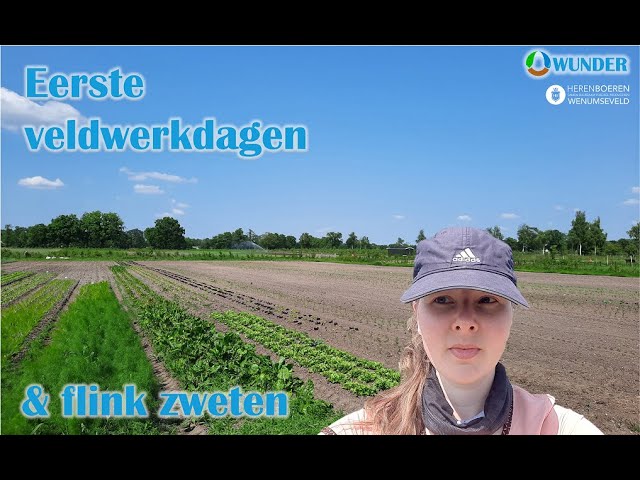
- WUNDER in Actions with Drought Knocking at the Door
With a little falling rain and steady raising air temperature, the continuous sunny weather cheers up outdoor activities in the past weeks. However, the combined effect of heat and lack of rainfall sends an omen to the Netherlands that Drought is knocking at its door again.
Rijkswaterstaat instituted heat protocol (air temperatures >30 ) on 10 June 2023, and NRC article on 31 May 2023 (‘Opwarmende bodem is slecht nieuws voor natuur én landbouw’) alarms the warming-up of soil in the Netherlands due to climate change. The top 100 cm soil temperature increased by an average of 1.5 ℃ over the past 40 years and will continue to rise by 1.2 ℃ in the next 30 years, as a result of the increase in air temperature.
The rising soil temperature has negative effects on soil-plant health, with increased mineralization of soil carbon and soil respiration (thus increased CO2 emissions), reduced absorption of water and nutrients by roots, as well as declined root-shoot growth. The water distribution in the soil is very heterogeneous, and plant roots can compensate for drier soil layers by sucking more water from wetter layers. However, such a water compensation mechanism can be impeded by rising soil temperature, causing damage to plants, reducing leaf stomatal conductance and photosynthesis, and eventually leading to reductions in plant productivity and yield.
The alertness of the above negative effects demands urgent actions to monitor the soil temperature, soil moisture, and meteorological situations across the Dutch landscapes. WUNDER had installed 9 stations since May 18, spanning a gradient of ecosystems across the Netherlands: a sapling food forest in Glanerbeek, a matured food forest in Ketelbroek, a natural forest in Speulderbos, an ecological farming site in Wenumseveld, and a ryegrass field in De Horst. These stations will help us to track the effects of compound drought and heat events on Dutch ecosystems.

Figure 1 WUNDER Stations deliver real-time data across the ecosystem gradient of the Netherlands.
- THE PULSE OF YOUR FIELDS AT YOUR FINGERTIP
May 18, 2023, the WUNDER team installed two weather stations and four soil moisture/temperature stations at Voedselbos Glanerbeek (founders: Maud Aarts, Dagobert Bergmans en Jessica van Bossum). These stations will provide time series of soil moisture and temperature (at depths of 2.5cm, 5cm, 10cm, 20cm, 40cm, and 80cm), solar radiation, air temperature, vapor pressure (deficit), atmospheric pressure, wind speed (direction), precipitation, and lightning activity (counts). The data loggers transmit data every hour, so that the measurements can be accessed on the could platform. Researchers and farmers can monitor the conditions of the fields on their computers and smartphones.
Please see below some figures and photos for inspiration.
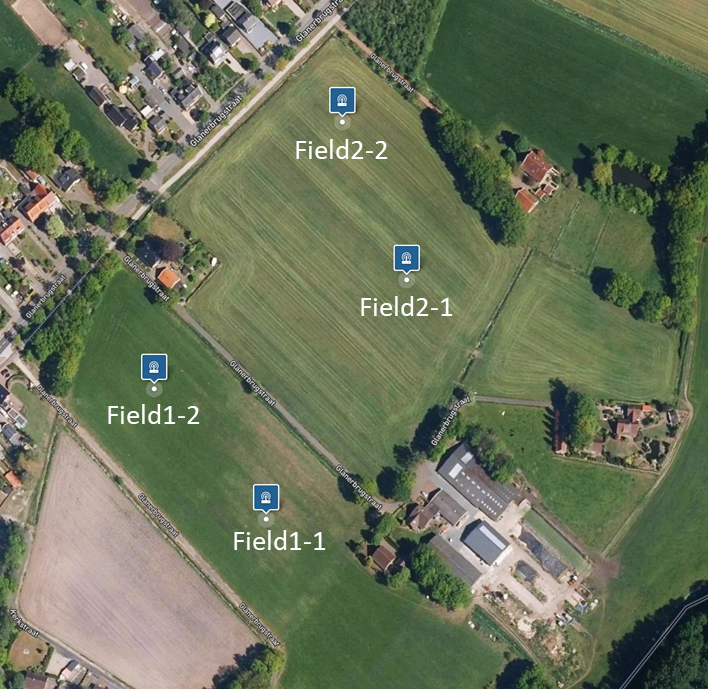
Figure 1. Weather and soil moisture and temperature stations are operational at Voedselbos Glanerbeek

Figure 2 Some impressions of the very successful fieldwork.
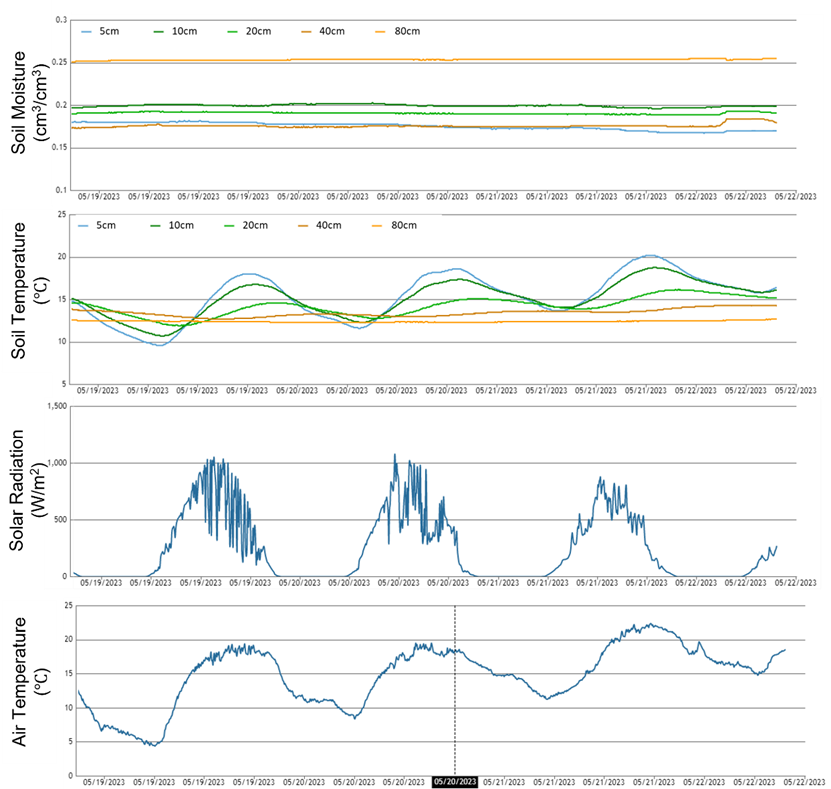
Figure 3 Some data examples of the operational stations.
- STEMMUS-MODFLOWv1.0.0 IS NOW OPENED FOR DISCUSSION
How to efficiently and physically integrate the soil water dynamics with groundwater flow processes has drawn much attention. We present a coupled soil water-groundwater model, considering the two-way feedback coupling scheme, and verified its performance using two synthetic cases (using the fully 3D variably saturated flow (VSF) model simulations as the ‘reference’) and one real catchment case (using the groundwater table depth and soil moisture profile measurements). By the cross-validation between the observations and various model simulations, the two-way coupling approach is proven physically accurate and is applicable for large-scale groundwater flow problems. Compared to the simulation by groundwater model alone (i.e., only MODFLOW), the coupling of MODFLOW with one soil column reduced the overestimation of groundwater table simulation (taking the VSF model simulations as the reference). The results were further improved as more soil columns were used to represent the heterogeneous soil water-groundwater interactions. Compared to the HYDRUS-MODFLOW, the two-way coupling approach produces a similar spatial distribution of hydraulic heads while better performs in mimicking the temporal dynamics of groundwater table depth and soil moisture profiles. We attribute the better performance to the different coupling strategies across the soil-water and groundwater interface. It is thus suggested to adopt the two-way feedback coupling scheme, together with the moving phreatic boundary and multi-scale water balance analysis, to maintain physical consistency and reduce coupling errors. The realistic implementation of the vadose zone processes (with STEMMUS), coupling approach, and spatiotemporal heterogeneity of soil water-groundwater interactions were demonstrated critical to accurately represent an integrated soil water-groundwater system. The developed STEMMUS-MODFLOW model can be further equipped with different complexities of soil physics (e.g., coupled soil water and heat transfer, freeze-thaw, airflow processes), surface hydrology (snowfall, runoff), soil and plant biogeochemical processes, towards an integrated "from bedrock to atmosphere" modeling framework.
Please click the link for posting your comments: https://gmd.copernicus.org/preprints/gmd-2022-221/
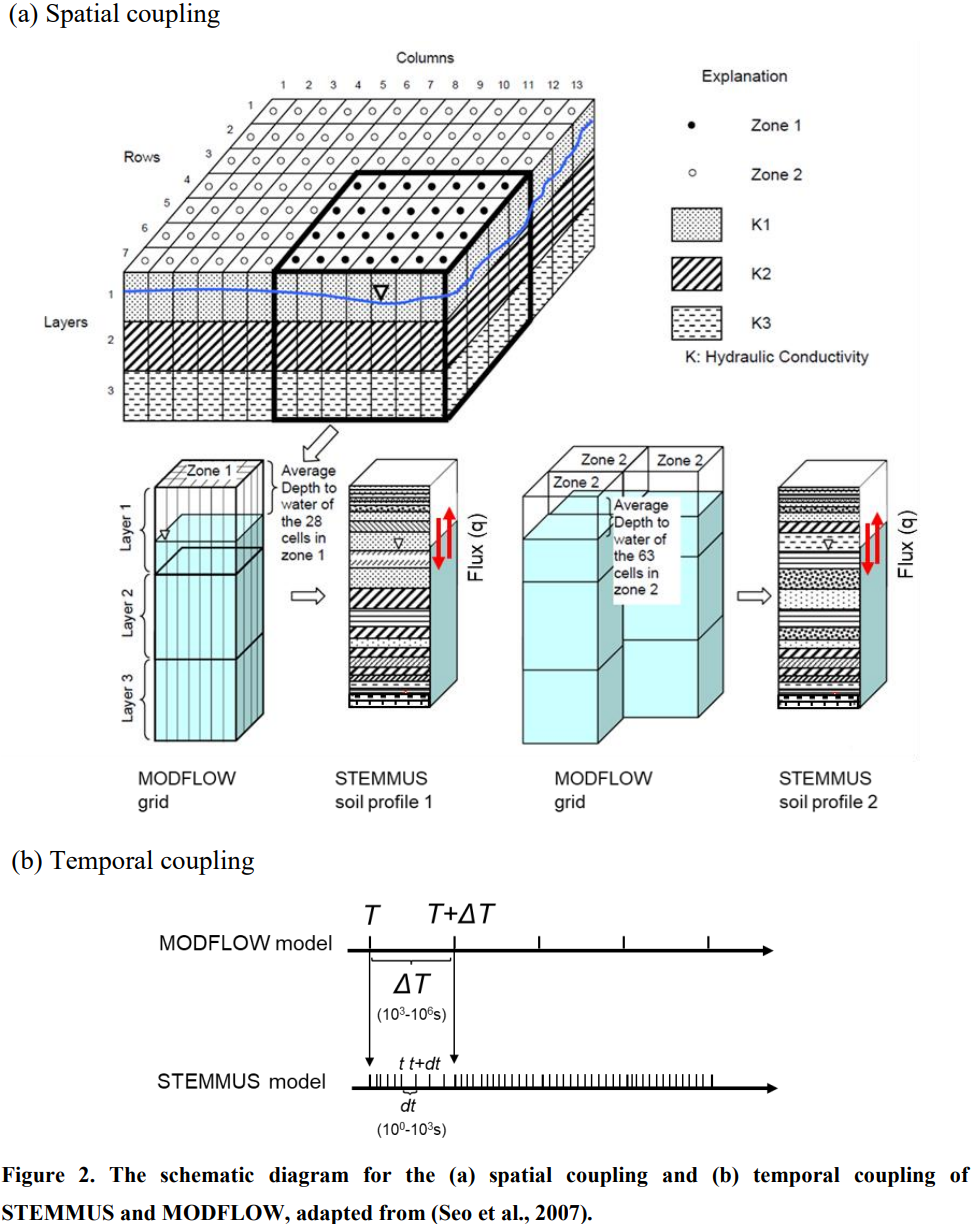
- WUNDER TEAM @ EGU (APR. 23-28, 2023, VIENNA, AUSTRIA)
We will present our latest works at EGU with the following abstracts:
- Yu, D., Zeng, Y., Wang, Y., and Su, B.: Integrated modeling of radiation transfer, plant growth, and the movement of soil moisture in the soil–plant–atmosphere continuum (STEMMUS–SCOPE-WOFOST v1.0.0), EGU General Assembly 2023, Vienna, Austria, 24–28 Apr 2023, EGU23-2531, https://doi.org/10.5194/egusphere-egu23-2531, 2023
- Tang, E., Zeng, Y., Wang, Y., Song, Z., Yu, D., Wu, H., Qiao, C., van der Tol, C., Du, L., and Su, Z.: Understanding the Effects of Revegetated Shrubs on Energy, Water and Carbon Fluxes in a Semiarid Steppe Ecosystem Using STEMMUS-SCOPE Model, EGU General Assembly 2023, Vienna, Austria, 24–28 Apr 2023, EGU23-2749, https://doi.org/10.5194/egusphere-egu23-2749, 2023.
- Wang, Y., Zeng, Y., Alidoost, F. (., Song, Z., Yu, D., Tang, E., Han, Q., Bas, R., Serkan, G., van der Tol, C., and Su, Z. (.: STEMMUS-SCOPE for PLUMBER2: Understanding Water-Energy-Carbon Fluxes with a Physically Consistent Dataset Across the Soil-Plant-Atmosphere (SPAC) Continuum, EGU General Assembly 2023, Vienna, Austria, 24–28 Apr 2023, EGU23-16633, https://doi.org/10.5194/egusphere-egu23-16633, 2023.
- Alidoost, F., Liu, Y., Schilperoort, B., Su, Z., and Zeng, Y.: Accelerating the understanding of plant response to drought stress, EGU General Assembly 2023, Vienna, Austria, 24–28 Apr 2023, EGU23-6416, https://doi.org/10.5194/egusphere-egu23-6416, 2023.
- Khanal, P., van Dijke, A. H., Zeng, Y., and Orth, R.: Near-surface vs. sub-surface soil moisture impacts on vegetation functioning, EGU General Assembly 2023, Vienna, Austria, 24–28 Apr 2023, EGU23-7670, https://doi.org/10.5194/egusphere-egu23-7670, 2023.
- Zeng, Y., Alidoost, F., Schilperoort, B., Liu, Y., Willem Grootes, M., Wang, Y., Song, Z., Yu, D., Tang, E., Han, Q., van der Tol, C., Zurita-Milla, R., Yang, M. Y., Girgin, S., Dzigan, Y., and Su, Z.: Towards an Open Digital Twin of Soil-Plant System Following Open Science , EGU General Assembly 2023, Vienna, Austria, 24–28 Apr 2023, EGU23-9786, https://doi.org/10.5194/egusphere-egu23-9786, 2023.
- WUNDER TEAM @ NAC-GEO (MAR. 23-24, 2023, NWO, UTRECHT)
- Danyang Yu, Yijian Zeng, Yunfei Wang, and Bob Su, Integrated modeling of radiation transfer, plant growth, and the movement of soil moisture and heat in the soil–plant–atmosphere continuum (STEMMUS–SCOPE-WOFOST v1.0.0), NAC-GEO 2023, Utrecht, the Netherlands
- Enting, Tang, Yijian Zeng, Yunfei Wang, Zengjing Song, Danyang Yu, Hongyue Wu, Chenglong Qiao, Christiaan van der Tol, Lingtong Du, and Zhongbo Su, Understanding the Effects of Revegetated Shrubs on Energy and Water Fluxes in a Semiarid Steppe Ecosystem Using STEMMUS-SCOPE Model, NAC-GEO 2023, Utrecht, the Netherlands
- Yijian Zeng, Fakhereh Alidoost, Bart Schilperoort, Yang Liu, Meiert Willem Grootes, Yunfei Wang, Zengjing Song, Danyang Yu, Enting Tang, Qianqian Han, Christiaan van der Tol, Raúl Zurita-Milla, Michael Ying Yang, Serkan Girgin, Yifat Dzigan, and Zhongbo Su, Towards an Open Digital Twin of Soil-Plant System Following Open Science, NAC-GEO 2023, Utrecht, the Netherlands
- ITC - GEOHERO INTERVIEW ON SOIL-PLANT DIGITAL TWIN

- QIANQIAN HAN PUBLISHED THE "IN-SITU OBSERVATION CONSTRAINED GLOBAL SURFACE SOIL MOISTURE PRODUCTS AT 1KM" ON SCIENTIFIC DATA
Han, Q., Zeng, Y., Zhang, L. et al. Global long term daily 1 km surface soil moisture dataset with physics informed machine learning. Sci Data 10, 101 (2023). https://doi.org/10.1038/s41597-023-02011-7
Abstract: Although soil moisture is a key factor of hydrologic and climate applications, global continuous high resolution soil moisture datasets are still limited. Here we use physics-informed machine learning to generate a global, long-term, spatially continuous high resolution dataset of surface soil moisture, using International Soil Moisture Network (ISMN), remote sensing and meteorological data, guided with the knowledge of physical processes impacting soil moisture dynamics. Global Surface Soil Moisture (GSSM1 km) provides surface soil moisture (0–5 cm) at 1 km spatial and daily temporal resolution over the period 2000–2020. The performance of the GSSM1 km dataset is evaluated with testing and validation datasets, and via inter-comparisons with existing soil moisture products. The root mean square error of GSSM1 km in testing set is 0.05 cm3/cm3, and correlation coefficient is 0.9. In terms of the feature importance, Antecedent Precipitation Evaporation Index (APEI) is the most important significant predictor among 18 predictors, followed by evaporation and longitude. GSSM1 km product can support the investigation of large-scale climate extremes and long-term trend analysis.
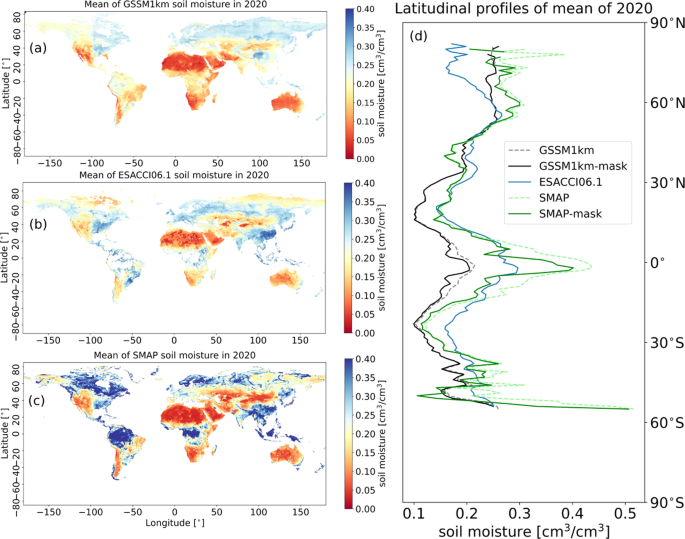
- WUNDER-AIOS' BIWEEKLY MEETING
AIOs for WUNDER gathered every two weeks to share with each other research activities, discuss technical issues, and to cross-connect different WPs activities.
- FIRST WUNDER NEWSLETTER ISSUED
Please find below the first WUNDER newsletter by Bob:
Click here to download.
- WE KICK-OFF NWO-KIC WUNDER PROJECT AT KETELBROEK VOEDSELBOS
WUNDER project kicked off on 02-Sep-2022, with a physical tour to Ketelbroek Voedselbos guided by Wouter van Eck, who has thousands of stories for almost everything in food forestry. WP1-WP4 discussed the proposed research content and the implementation plan. WP5 had a dedicated kick-off meeting at Wageningen.
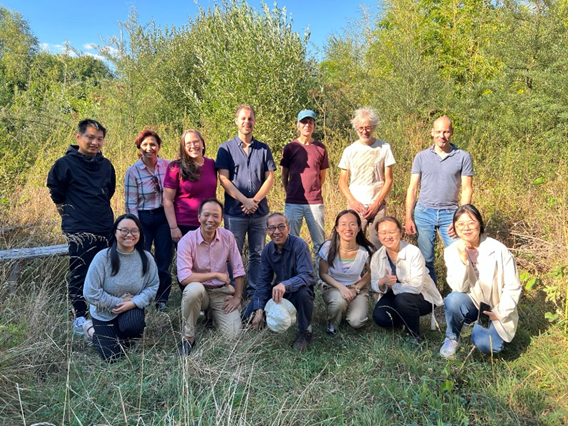
WUNDER in news
- https://www.itc.nl/news/2022/3/479520/nwo-kic-grant-to-ut-research-on-water-use-during-droughts
- https://www.utoday.nl/news/71099/-15-million-for-ut-research-to-mitigate-drought-damage
- https://www.h2owaternetwerk.nl/h2o-actueel/wunder-project-onderzoekt-watergebruik-bij-extreme-droogte
- https://www.utwente.nl/en/research/themes/resilient/news-and-events/newsletter-v1/wunder-project/





